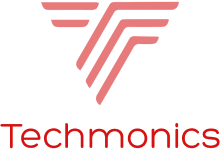
Guide for the Evolution of the Public Sector
Within the pages of this guide lies a wealth of insights and knowledge, meticulously curated to empower government leaders in their quest for transformation. It’s not merely about acknowledging change; it’s about embracing it, harnessing its potential, and driving progress. Through the wisdom contained within this guide, government officials find themselves equipped with the tools and strategies needed to adapt effectively to the evolving landscape of public service.
However, the impact of the “Government Transformation Catalyst” reaches far beyond the confines of government offices. Its ultimate goal is to elevate service delivery, ensuring that citizens receive efficient, responsive, and improved public services. It fosters a culture of excellence within the public sector, one that is centered on enhancing the overall citizen experience and improving the quality of life for individuals and communities.
Handbook for the Efficiency Revolution
The “Efficiency Revolution Handbook” serves as an invitation to usher in a brand-new era of heightened efficiency within the public sector. This handbook is not just a repository of information; it is a transformative resource that immerses you in a realm where cutting-edge strategies, specialized tools, and invaluable insights converge. Its primary mission is to empower government agencies with the knowledge and resources necessary to revolutionize their operational processes.
Within the pages of this handbook lies a treasure trove of strategies that go beyond mere optimization; they enable government entities to streamline their workflows, reduce redundancy, and eliminate unnecessary costs. By embracing these strategies, agencies can operate more effectively and allocate resources where they matter most.

